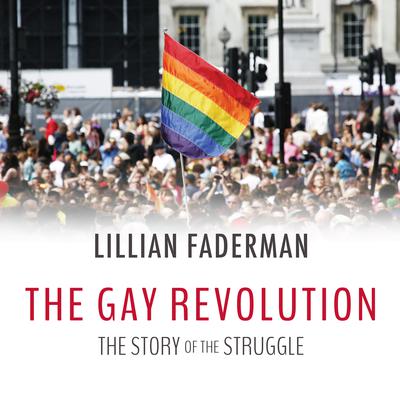
Either way, a decade of seeing other minorities loudly demand their own rights had surely played a part. It might have been the summer heat, the death a few days earlier of a gay icon, Judy Garland, or the one particularly querulous lesbian who refused to go quietly when the cops tried to push her into the paddy wagon.

Nobody will ever be sure why the Stonewall’s denizens chose that night to riot. It is easy to forget what a rare breed they were, rejecting society’s view of them as deviants, and filing anti-discrimination lawsuits when no law recognised their right to do so. Their plaintiveness arouses pity now: small groups in business attire, picketing government buildings with signs reading, “Love and let love”. Homophile organisations met in private homes and sympathetic churches, but after 1963 began marching. But Ms Faderman goes far beyond Stonewall, cataloguing the wearying political and legal battles that began two decades before and continue still.Ī quarter of the book covers the little known pre-Stonewall years. The story usually begins one hot night in 1969, when the drinkers at New York City’s Stonewall Inn responded to a routine police raid with a riot, waking the consciousness of many across the country. Lillian Faderman’s new book, “The Gay Revolution”, is the most comprehensive history to date of America’s gay-rights movement. The few “homophile” organisations took deliberately obscure names Mattachine was supposedly a French medieval secret fraternity. Until the early 1960s government employees were fired for being homosexual, and the American Civil Liberties Union generally sided with the government. With gay Americans’ astonishing strides in the past decade, it is easy to forget that just a half-century ago the very notion of gay or transgender civil rights was as strange to most Americans as black civil rights had been a century earlier. One of them surveyed the vast ocean of faces and later asked his fellows, “Why aren’t we gays having civil-rights marches too?”



OF THE quarter of a million people who massed in Washington, DC, on August 28th 1963 to hear Martin Luther King proclaim “I have a dream”, few would have noticed-much less known what to make of-the six white men who stood in the crowd with signs identifying them as members of the “Mattachine Society”. Simon and Schuster 816 pages $35 and £25. The Gay Revolution: The Story of the Struggle.


 0 kommentar(er)
0 kommentar(er)
